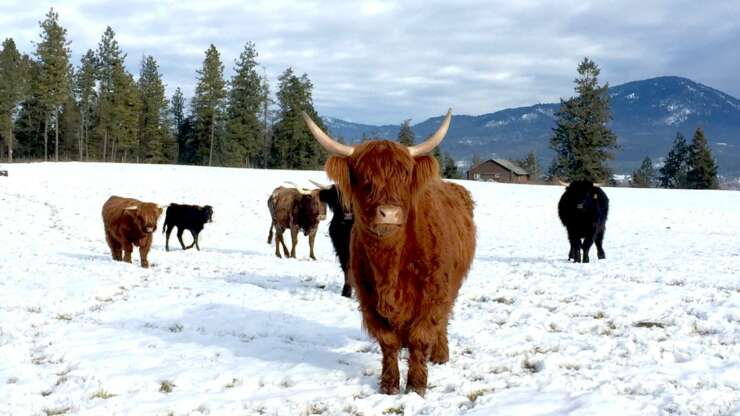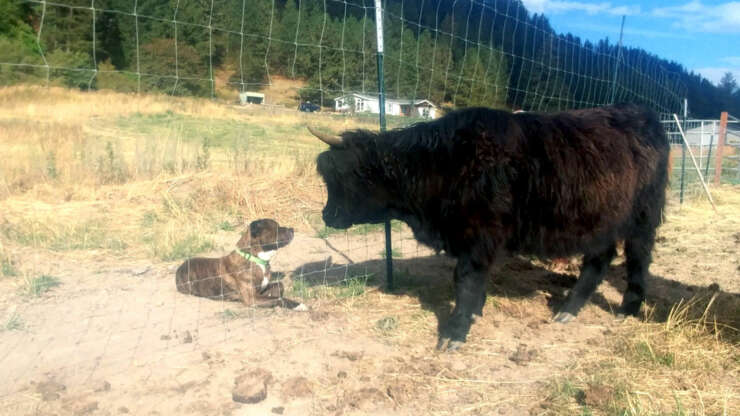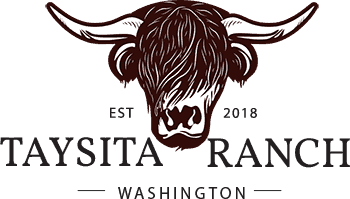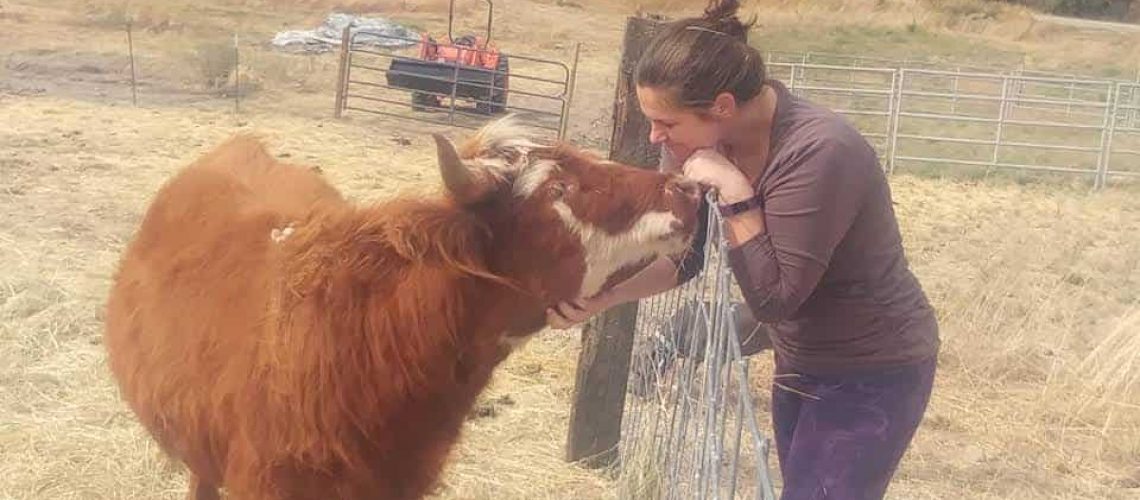Highland Cattle, also known as Scottish Highland Cattle, are one of the oldest registered breeds. Originally from the rugged Scottish Highlands, these cattle have adapted to harsh conditions and are excellent foragers. Highland cattle use their horns to push snow around in winter conditions to find food, and also use them for out of reach greens in the summer. As well as beautiful to look at, their long, two layered, shaggy hair keeps them warm in the winter and insulated from heat in the summer. Because they don’t need to create an extra layer of fat, highland beef is over 10% leaner than commercial beef selections. Although highland beef takes longer to finish than bigger cattle breeds, with absolutely no grain/corn finishing and a slower growing process, highland beef finishes well marbled, higher in protein/iron content and lower in cholesterol levels. Highland beef is healthy, tender and 100% delicious!

Fun Facts About The Free Range Grass Fed Beef Highland Cattle on Taysita Ranch!
- A group of highland cattle are called a “fold” opposed to a herd
- Highland cattle are one of the oldest recorded breeds, with a fold log dating back to 1885 by the Scottish Highland Association and archaeological evidence going back to the 6th century
- Highland cattle have 2 layers of hair. A thick, coarse, waxing outer layer to shield them from wet conditions and a soft, downy, woolly under layer for warmth and insulation
- Highland cattle have great longevity, living upwards of 20 years and some cows birthing into their 18th year
- Their breed is incredibly docile and very human friendly
- Highlanders are excellent foragers and often eat what other cattle pass up. They usually create a browse line along trees within their reach
- Highland cows are excellent mothers and breed very well
- Highland calves are smaller than average, but in turn leads to more successful births and less human intervention
- They’re friendly and loving


